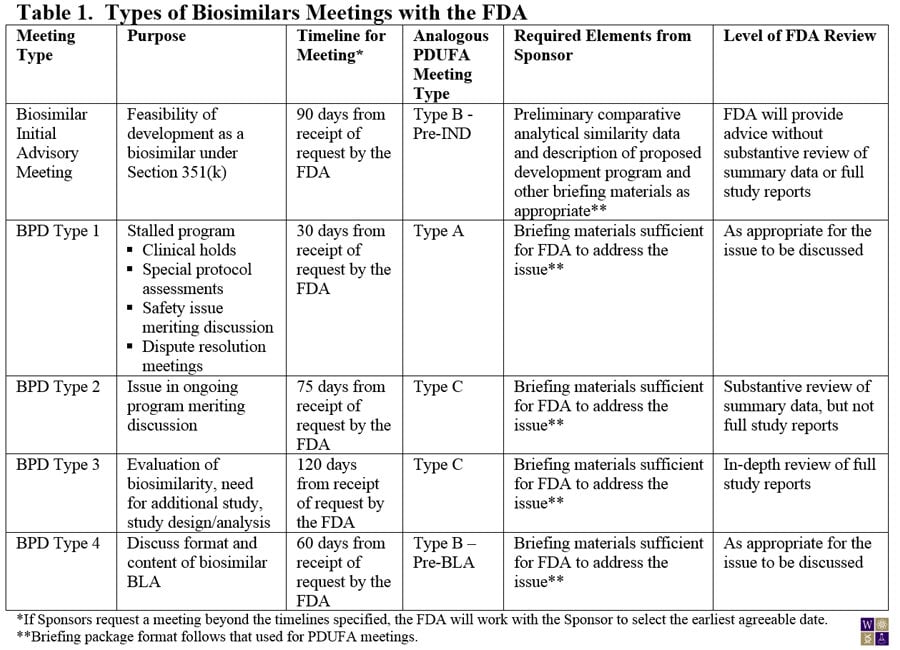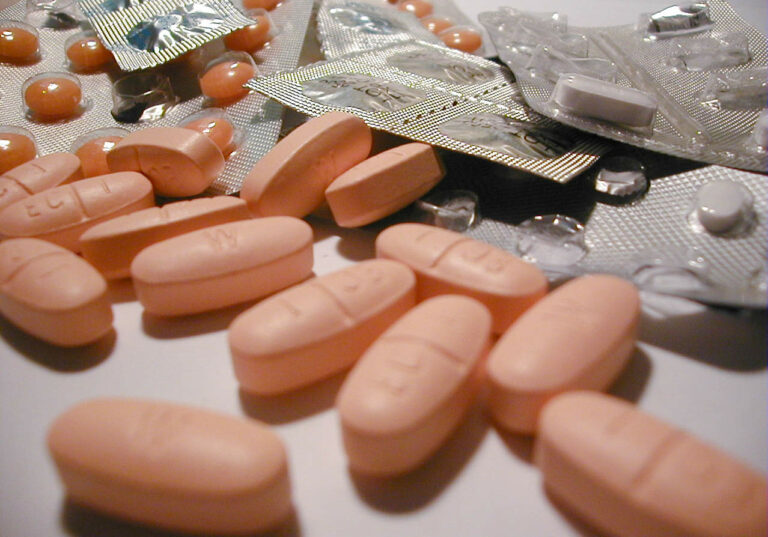March 31, 2020
March 31, 2020
The outbreak of COVID-19 (coronavirus) in the United States has significantly impacted our lives in virtually every way. For pharmaceutical and medical device firms, one of these impacts came on March 10th when the FDA announced that all face-to-face meetings scheduled in March involving any division in the Agency’s Office of New Drugs (OND) would be changed to a teleconference. A week later, on March 17th, the Agency extended that timeline, announcing that all face-to-face meetings would be converted to teleconferences through April 15th, 2020.
Although rational, it can be difficult to determine how to successfully adjust to these changes. For companies in the process of developing a drug or medical device, forward movement is imperative to the success of the overall program and not adapting successfully could mean the end of the road for their product and possibly the entire company. For these companies, successful adaptation is the only option. As such, the Sponsors that are now being faced with virtual FDA meetings rather than face-to-face interaction must figure out how best to alter their strategy to achieve the end goal: a successful interaction with the FDA.
How to Successfully Prepare for & Conduct Virtual FDA Meetings During COVID-19 Quarantine
Some aspects of preparing for and attending an FDA meeting remain constant regardless of the medium. However, there are other facets that are inevitably going to shift, requiring close attention as the type of meeting changes. Having already conducted a number of virtual meetings, we are sharing our tips and tricks to successfully prepare for and conduct virtual FDA meetings.
1. Members of the Sponsor’s team should connect via video conference
Connecting via video conference will allow all members of the Sponsor’s team to see one another and give each other visual cues (e.g., a thumbs up if you’re were happy with Agency’s response, a hand-raise if someone had something to add, etc.) Many, if not all, videoconferencing tools also have a chat feature, allowing team members to send these messages in writing as well. However, when doing this, it is critical that all team members have their audio disabled (the audio portion of the call will be through the phone using the number provided by the FDA).
2. Have a backup phone line prepared
For these calls, the FDA provides a dial-in phone number for both the Agency and Sponsor’s teams to join the meeting. However, as often happens with technology, technical difficulties and glitches are bound to take place from time to time. In the event that you experience connectivity or circuit issues with the FDA-provided line, it is a good idea to have an additional line prepared as a backup. Chances are it will not be necessary, but we always feel like it better to be over prepared than under.
3. Engage in pre-meeting dialog with the FDA project manager
Being in regular contact with your FDA project manager will allow each of you to clearly communicate expectations regarding how the meeting flow will work, who will play what role, how you will communicate attendees, etc.
4. Connect early
Agree upon a time with your team at which everyone will start joining the line; we suggest 30 minutes prior to the meeting’s scheduled start time. This will allow each attendee the opportunity to do a “sound check” to ensure you can hear and be heard clearly with no echo, static, etc.
5. Prepare a detailed script of your planned procedure for the meeting
It is important to have a clear plan for who will speak first, how you will “pass the mic” back and forth for others to speak, how you will introduce yourselves prior to speaking, signal when you’re done, etc. This will help prevent any unnecessary or awkward pauses, as well as situations where multiple people are talking over each other due to confusion.
6. Reinforcing regular teleconference etiquette
When we prepare for any teleconference with the Agency, we make it a point to remind people to unmute their conference line only when they were speaking, silence their cell phones and any computer alerts, etc. Individuals not used to working remotely may not view these basic things as routine, so reminding your team to remove these potential sources of distraction is critical to your meeting’s success.
7. Careful attention to detail in reviewing FDA’s Preliminary Comments
All too often we are so eager to get the Agency’s Preliminary Comments and get through them because we want to start working on our replies. However, it is crucial to spend the extra time and pay careful attention to the details when reading these questions, as overlooking a particular word or glossing over an idea can often lead to misinterpretation. Viewing all of the comments as a whole, rather than as individual responses to specific questions, can also provide useful insight into FDA’s overall view of the program and where some of their feedback and/or suggestions may be coming from.
8. Once you’ve determined which questions you’re going to discuss in the meeting, prepare a battle plan for each
Decide who will speak to the question and how you will set up your position. Determine what you consider an ideal response, what you consider a response you can live with, and what is your walk-away point if you do not appear to be getting either. It is also extremely helpful and important to practice objection handling – what issues might FDA raise with each of the points you are trying to make? How will you respond if these issues are raised?
9. Keep an eye on the clock during the meeting
It can be very disappointing and detrimental to get so deeply engaged in a particular discussion with the Agency that you end up running out of time, preventing you from getting through everything you were hoping to address. Remember that you are limited to an hour, and it is extremely rare that FDA meetings are allowed to run over. Know when you’ve spent too much time on something and be prepared to move on. One way to ensure someone is watching the clock is to assign one person to do exactly that.
On the contrary, not using the entire hour that is allotted can sometimes be a positive thing. Remember that the goal is not to maximize your time spent with FDA, it is to maximize your outcome. If you get all of the responses you were hoping to get in just 30 minutes, end early.
10. And always remember… Practice makes perfect
Once your battle plan has been set, review it several times with your team. Make sure you’re all on the same page, that your goals for each question are clear, and that you can state them clearly and confidently.
Also, when preparing for a teleconference there is likely to be a bit of a learning curve with a few kinks involved along the way. Expect this to happen, and practice, practice, practice. It is important that you rehearse in the same way you plan to conduct the actual meeting (i.e., if you are going to use an audio-less videoconference with members of your team, make sure you do so when doing your dry run(s)).
Some of these tips have been learned over our years of working with the Agency and our clients in preparing for and conducting successful FDA meetings, but others are things that we have learned through our recent experience conducting these virtual teleconferences with the FDA. Type B meetings being held via teleconference are new to everyone, but we are proud to inform you that we have experience not only preparing for and conducting these meetings but doing so successfully.
If you are in the process of preparing for a meeting with FDA, we are here to help. Over the years, we have conducted hundreds of successful FDA meetings, helping our clients achieve their goals. To learn more about our services and how we can help you, contact us today.
TAGS: Regulatory Sciences

April 1, 2013
On March 29, 2013, the FDA made available a draft guidance for Sponsors of biosimilar products outlining the procedures and processes for meetings with the FDA. Although much of guidance for the...

October 12, 2022
For those who have been awaiting Congressional reauthorization of PDUFA, the wait is over. On September 30, 2022, the President signed into law the FDA User Fee Reauthorization Act of 2022. We...